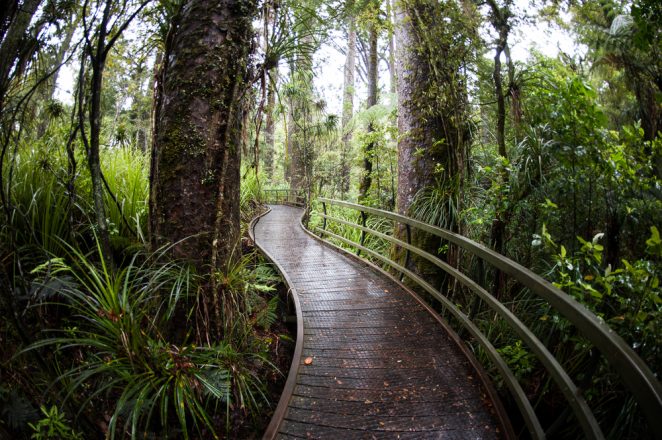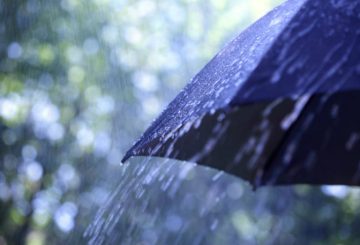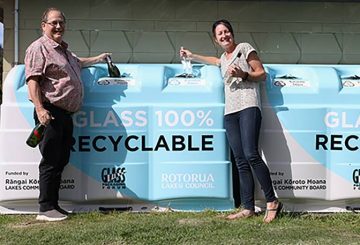Kiri Allan 환경보호부 장관은 정부가 전국적으로 중요한 오클랜드 카우리 숲을 보호하기 위한 중요한 작업을 돕기 위해 노력하고 있다고 말했다.
“미래 세대를 위해 이 상징적인 나무들의 생존을 보장하는 것은 카우리 잎마름병의 잠재적 확산을 막기 위해 우리가 할 수 있는 모든 것을 의미한다. 최근 오클랜드 4단계 봉쇄에 따른 공원 폐쇄 이전에도 이 질병의 불필요한 확산을 막기 위해 노력했지만 (코로나로 인해) 다른 지역으로 빠져나가는 사람들의 수가 증가했고 이에 영향을 받았다. Jobs for Nature의 190만 달러 지원금으로 이뤄지는 이 프로젝트는 현재 오클랜드 의회의 Waitakeres 지역 카우리 잎마름병 프로그램의 연장선상이다.
오클랜드 의회는 Te Kawerau á Maki의 지원을 받아 이끌고 있으며 2년 동안 12명의 직원을 고용할 것으로 예상한다. 이 작업은 카우리 지대를 재개방하기 위해 일부 산책로를 손보는 것은 물론, 사람들이 더 많이 찾는 지역 역시 산책길 정비 작업도 포함한다. 사람들이 등산로나 조성된 길로 걷게 되면 민감한 나무 뿌리에 대한 손상을 줄이고 오염된 토양의 이동을 방지할 수 있다. 뉴질랜드의 가장 큰 도시인 오클랜드에서 이 아름다운 카우리 보호구역을 최대한 보존하는 것과 동시에 휴식을 위한 녹지 조성을 꾀하는 것이다.
이 계획은 멸종위기에 처한 토종 식물들을 해칠 위험을 줄이면서 지역 사회를 자연 환경과 어우러지게 할 뿐만 아니라, 지역 사회 내 일자리를 창출하는 장점이 있기도 하다. 특히 이는 코로나 이후 미래를 위한 토대를 마련하기 위한 회복 계획의 핵심 부분”이라고 장관은 전했다.
환경부 차관 ames Shaw는 우리의 카우리 숲은 엄청나게 중요한 뉴질랜드의 보물이라고 말했다. “오늘 발표는 이 특별한 나무들이 건강하고 튼튼하게 보존하도록 노력하는 오클랜드 지자체의 일을 확대시키는 것” 라고 밝혔다.
(뉴질랜드 정부 보도 자료)


















































-360x245.jpg)











